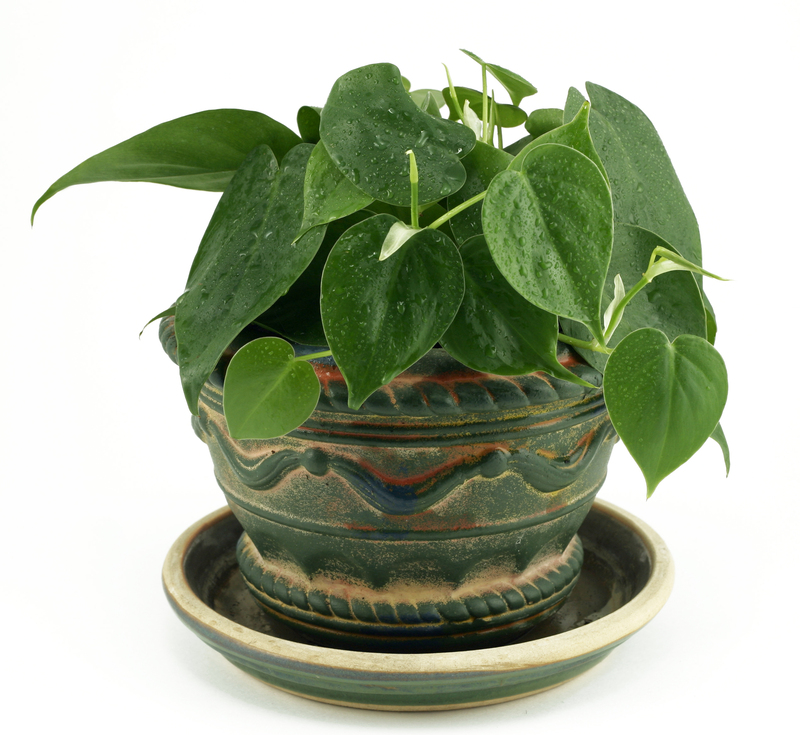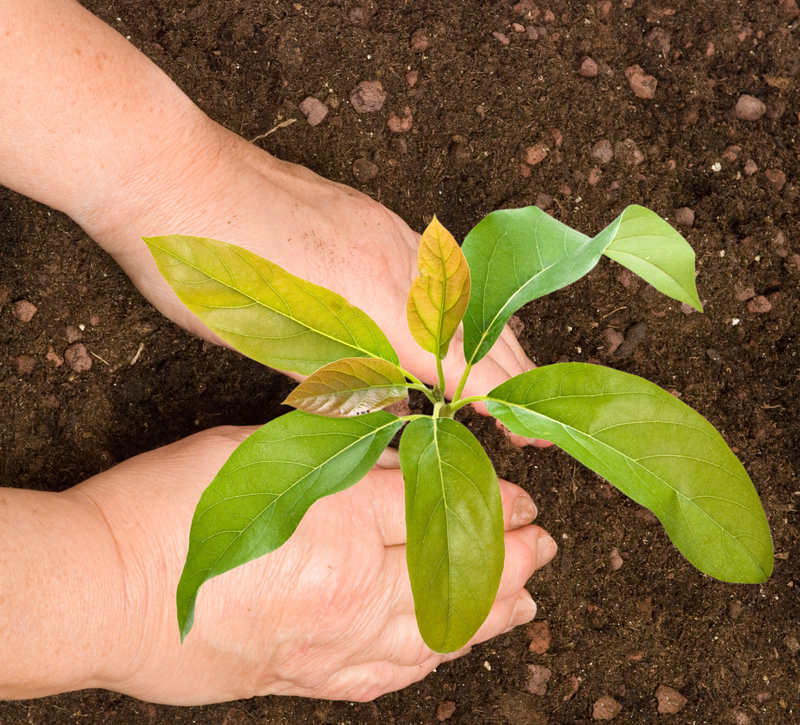Revitalize Shady Spots with Hardy Climbers
Posted on 15/05/2025
Revitalize Shady Spots with Hardy Climbers
Transforming those elusive shady spots in your garden into thriving green sanctuaries can be a delightful challenge. Hardy climbers are the ideal solution to breathe life into these areas. These resilient plants not only enhance the aesthetics but also offer a tapestry of foliage and blooms that can cover unsightly walls, fences, or even climb trees without demanding direct sunlight.
Understanding Shade-Friendly Climbers
Cultivating climbers in the shade requires a nuanced approach. It's essential to choose varieties that not only tolerate but thrive in low-light conditions. With the right selection and care, these plants can significantly transform your gloomy corners into lush, vibrant spaces.
Characteristics of Hardy Climbers
- Drought Resistant: Many of these climbers adapt well to drier areas, making them low-maintenance choices.
- Versatile: They can grow on trellises, walls, or even act as ground cover.
- Flowering: Offer beautiful blooms that can brighten shady areas from spring through autumn.
- Evergreen Varieties: Keep your garden green even in winter.
Top Climber Varieties for Shade
Choosing the right plants is crucial. Here are some standout options:
1. Climbing Hydrangea (*Hydrangea anomala* subsp. *petiolaris*)
The Climbing Hydrangea is a popular choice for its robust nature and ability to cling to a variety of surfaces. Its attractive white flowers bloom in early summer, providing a stark contrast to its deep green foliage.
- Growth: Slow initial growth, but rapidly accelerates once established.
- Care: Requires minimal pruning and thrives in well-drained soil.
2. English Ivy (*Hedera helix*)
English Ivy is an evergreen climber known for its ability to cover large areas quickly. Its glossy, lobed leaves and versatile nature make it a popular choice for shady spots.
- Care: Tolerates various soil types and needs occasional trimming to control growth.
- Benefit: Ideal for erosion control and providing habitats for wildlife.
3. Virginia Creeper (*Parthenocissus quinquefolia*)
Virginia Creeper is characterized by its vibrant foliage that turns a stunning red in autumn. This climber adds color and life to any shady set-up.
- Light Needs: Prefers partial to full shade, and is highly adaptable to various conditions.
- Growth Rate: Rapid, can cover significant areas swiftly.

Planting Tips and Care Guidelines for Shady Areas
1. Soil Preparation
Begin by enriching the soil with organic matter to ensure good drainage and nutrient retention. This enhances root establishment and the overall health of your climbers.
2. Support Structures
While some climbers are self-clinging, others need support. Trellises, wires, or pergolas can guide their growth. Ensure that your supports are sturdy enough to bear the plant's weight as it matures.
3. Watering Needs
Most climbers within shady areas require less water than sun-exposed plants. However, monitoring soil moisture, especially during dry spells, ensures that climbers are not stressed.
4. Pruning Techniques
Regular pruning prevents climbers from becoming invasive and helps maintain a tidy appearance. It also encourages new growth and flowering, enhancing the plant's vitality.

The Ecological Impact of Using Climbers in Shady Gardens
Cultivating climbers in shaded areas contributes positively to the local ecosystem. They provide essential habitats and food sources for insects and birds, enhancing biodiversity. Additionally, their ability to cover walls and fences helps in reducing surface temperatures and improves the microenvironment around your home.
Maintaining Biodiversity with Native Species
Encouraging the use of native climbers ensures compatibility with local wildlife. These species support pollinators and help preserve the natural landscape, making your garden a haven for ecological balance.
Conclusion
Revitalizing shady spots with hardy climbers transforms those neglected corners into picturesque scenes. With thoughtful selection and care, these plants not only enhance beauty but also contribute to the ecological health of your garden. Embrace the versatility and resilience of climbers to create serene and vibrant green spaces even where the sun rarely shines.
By incorporating hardy climbers tailored for shade, you'll find that even the dullest spots can become highlights, expanding your gardening horizons and enriching your outdoor experience.



